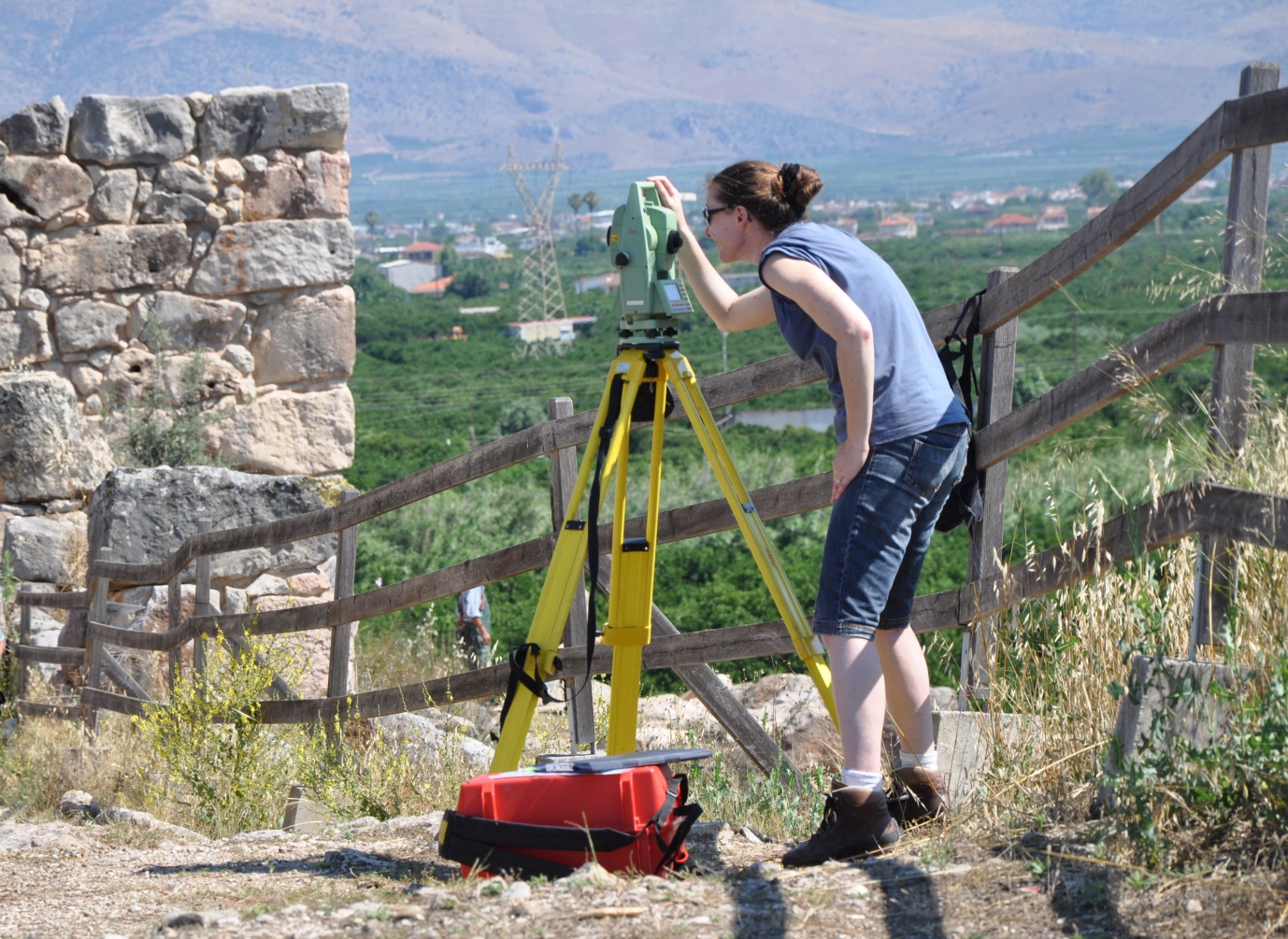Research project
Architecture on the move
How did people in the latter part of the Late Bronze Age organize themselves in order to be able to erect massive structures such as tholos tombs, citadels and how did they interact with these materials and circumstances while constructing? What impact did such a changing landscape have on their day-to-day lives?
- Duration
- 2011 - 2015
- Contact
- Ann Brysbaert
- Funding
-
 Gerda Henkel Stiftung
Gerda Henkel Stiftung
-
 The Finnish Institute at Athens
The Finnish Institute at Athens
- Partners
University of Leiden,
Material Culture Studies,Gerda Henkel Stiftung,
Professor J. Maran: University of Heidelberg (Germany).
Short abstract
This project explored new theoretical and fieldwork-based approaches to monumental constructions within the Late Bronze Age Greece, in order to understand both technical and social interactions that required several groups of people to move within and near the buildings.

Project description
A literature survey, conducted since early 2011, demonstrated that monumental architecture from a construction perspective could be considered a ‘neglected artefact’ in the Bronze Age Aegean mainland: no comprehensive study based on actual fieldwork had, so far, investigated the related processes and materials for many monumental features, including the necessary resource investments, both human and other. Equally, architectural phenomena were often ignored as active participants in relational interactions between different socio-political groups, and between humans and materials. Instead, architecture has most often been seen as the theatrical backdrop against which scenes developed. Apart from a few isolated literature-based studies, no study had attempted to investigate the ‘becoming’ of the constructions. Instead, only the ‘finished products’ have been investigated.
Therefore, this project explored new theoretical and fieldwork-based approaches to monumental constructions within the Late Bronze Age Greece, in order to understand both technical and social interactions that required several groups of people to move within and near the buildings. Next, the project illustrated that ‘constructions-on-the-move’ embodied multiple meanings to past people. Informed by a theoretical framework, this project took a step back by analyzing a series of physical and social activities relating to construction in order to demonstrate how people in Tiryns and its surroundings physically and socially ‘intersected’ while constructing and building.
The first paper on this pilot project is now published and three more are in press. Since 2011, this project also formed a basis for the above-mentioned ERC funded SETinSTONE project.
Relations with other projects
Tiryns Excavations, University of Heidelberg, Professor Dr. J. Maran
Δ´ Εφορεία Προϊστορικών και Κλασικών Αρχαιοτήτων at Nafplio, Greece, Dr. Alkesti Papadimitriou
